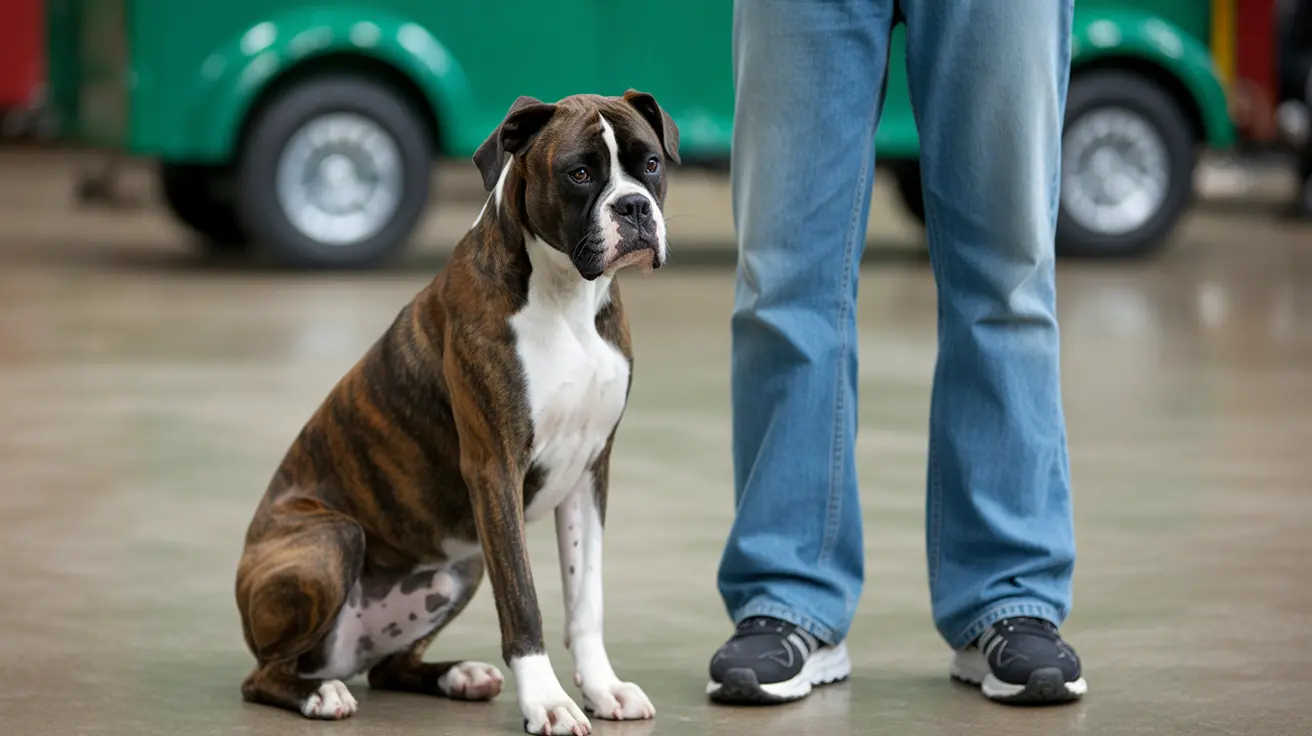Introduction to the Cavalier King Charles Spaniel
The Cavalier King Charles Spaniel is a beloved companion dog, cherished for its affectionate nature and gentle demeanor. Originating from British royalty in the 17th century, these dogs were initially bred to warm laps in drafty castles and on chilly carriage rides. Their versatility and endearing traits have made them a popular choice among first-time dog owners and families, securing their place as the 14th most popular dog breed according to the American Kennel Club (AKC).
Physical Characteristics and Care
Size and Appearance
Cavalier King Charles Spaniels are small but sturdy dogs, typically standing between 12–13 inches tall and weighing 13–18 pounds. They are easily recognized by their naturally floppy ears, long back, compact body, and deep chest. Their smooth, long coat comes in four distinct color patterns: Blenheim, Tricolor, Ruby, and Black and Tan, each with its unique charm.
Grooming Essentials
Maintaining the health and beauty of a Cavalier's coat requires regular grooming. Daily brushing with a pin brush helps prevent matting and tangling while stimulating natural skin oils for a shiny coat. Monthly baths keep their skin free of irritants, but over-bathing should be avoided to preserve natural oils. Regular trimming of foot fur and nails is necessary to prevent discomfort and maintain traction. Dental hygiene is also crucial, with daily tooth brushing recommended to prevent gum disease and tooth loss. Regular checks of their ears and eyes help prevent infections and other issues, ensuring overall health and well-being.
Health Concerns and Prevention
Common Health Issues
Cavalier King Charles Spaniels are predisposed to several health issues that can impact their quality of life. Eye problems, such as keratoconjunctivitis sicca and cataracts, are common and require lifelong management. Patellar luxation, hip dysplasia, and mitral valve disease (MVD) are other prevalent conditions. MVD, in particular, is the leading cause of death in the breed, requiring vigilant monitoring and management. Syringomyelia (SM) is a severe neurological condition that also affects Cavaliers, necessitating medical intervention and sometimes surgery.
Preventative Care
Regular veterinary check-ups are essential for early detection and management of health issues. Proactive health measures, including a balanced diet and regular exercise, contribute to the overall well-being of your Cavalier King Charles Spaniel.
Nutritional Needs
A balanced diet is crucial for the health of a Cavalier King Charles Spaniel. Their diet should be compliant with Association of American Feed Control Officials (AAFCO) standards and tailored for small breeds. Puppies require a diet formulated for their developmental needs, while adults benefit from twice-daily feedings adjusted to their weight, health, and lifestyle.
Lifestyle and Behavioral Traits
Social Needs and Interaction
Cavalier King Charles Spaniels thrive on human interaction and are exceptionally friendly, making them ideal family pets. They require socialization to integrate well into family life and should not be left alone for extended periods.
Training and Exercise
Cavaliers are eager to please and relatively easy to train, responding well to positive reinforcement techniques. They require moderate exercise, with two 20- to 30-minute walks daily to keep them physically and mentally stimulated. Due to their tendency to chase small creatures, it's advisable to keep them on a leash during walks.
The Role of Cavalier King Charles Spaniels in Family Life
Family Companionship
Cavaliers are known for their friendly disposition and adaptability, making them well-suited for families with children. They are gentle and playful, easily fitting into various family dynamics and welcoming strangers with warmth.
Living Arrangements
These dogs are adaptable to different living situations, thriving in both apartments and homes with yards. Their small size and friendly nature make them a versatile choice for many households.
Conclusion: Caring for Your Cavalier King Charles Spaniel
In conclusion, the Cavalier King Charles Spaniel is a loving and adaptable breed that makes an excellent companion. Proper care, regular grooming, and attention to their health needs are essential for a long and happy life. Their friendly nature and gentle demeanor make them an ideal choice for many families. Prospective owners should consider the breed's specific needs and health considerations to ensure a fulfilling relationship.
Additional Resources and Tips
Choosing a Responsible Breeder
When selecting a Cavalier King Charles Spaniel, it's important to choose a reputable breeder and avoid "teacup" puppies, which often have health issues.
Engaging Activities
To keep your Cavalier engaged and happy, provide a variety of exercises and activities. Regular socialization with other pets and people will ensure they become well-rounded family members. By following these guidelines, you can enjoy a long and fulfilling relationship with your Cavalier King Charles Spaniel.






